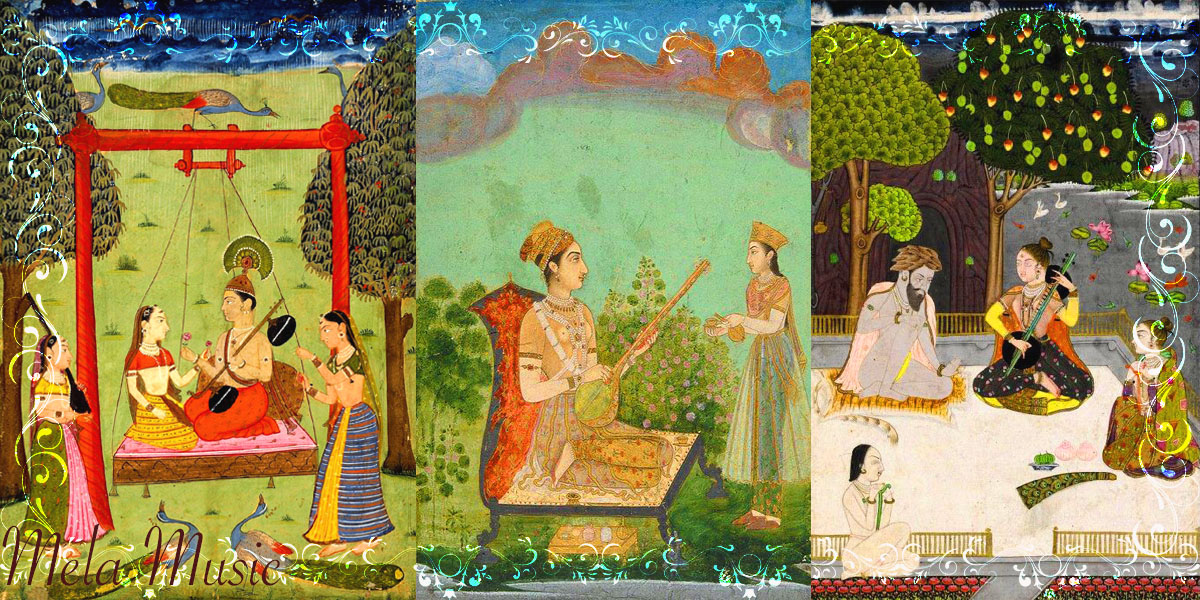
The term “sargam” in Indian classical music has a literal meaning, representing the first four notes of the Indian scale: SA, RE, GA, MA. However, its significance goes beyond mere note names. Sargam refers to the melodic rendition of a musical phrase using the syllables corresponding to the names of the notes (SA, RE, GA, MA, PA, DHA, NI), excluding the lyrical component of a song. It provides a framework for vocalists and instrumentalists to explore and express the melodic aspects of a composition or raga. Below, we are naming the shudh (natural) notes but sargams can use the vikrit (altered, komal/tivra) versions of the notes (RE), (GA), (MA), (DHA) and (NI).
Each of the seven notes in the Indian musical system has its own specific name:
1. Shadaj (SA): This is the fundamental or tonic note, often considered the anchor point for a raga or composition. It serves as the starting point and reference for the other notes.
2. Rekhab (RE): Also known as Rishabh, this note is the second degree of the scale. It has a distinct melodic character and contributes to the overall flavor of the raga. It can be either natural (shuddha) or altered (komal/flat), depending on the raga.
3. Gandhar (GA): The third note of the scale, Gandhar, adds a unique flavor and emotional color to the melody.It can be either natural (shuddha) or altered (komal/flat), depending on the raga.
4. Madhyam (MA): Representing the fourth note, Madhyam is a pivotal note that often defines the mood and character of the raga. It can be either natural (shuddha) or altered (tivra/sharp), depending on the raga.
5. Pancham (PA): As the fifth note, Pancham is a stable and prominent pitch in a raga. It provides a strong foundation and is often used as a resting point in melodic phrases.
6. Dhaivat (DHA): Dhaivat, the sixth note, adds depth and variety to the melodic structure. It can be either natural (shuddha) or altered (komal/flat), depending on the raga.
7. Nishad (NI): The seventh and final note, Nishad, contributes to the overall melodic contour and provides a sense of resolution. It can be either natural (shuddha) or altered (komal/flat), depending on the raga.
The sargam system offers a concise and structured way of vocalizing or playing melodic patterns, helping musicians internalize and navigate the intricacies of a raga. By articulating the names of the notes, artists can explore and develop their improvisational skills, enhancing their understanding and expression of Indian classical music.
Content Provided By: Sangeetpedia
